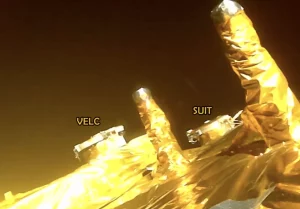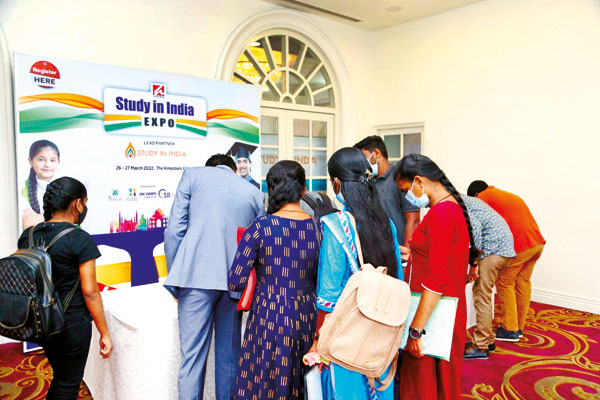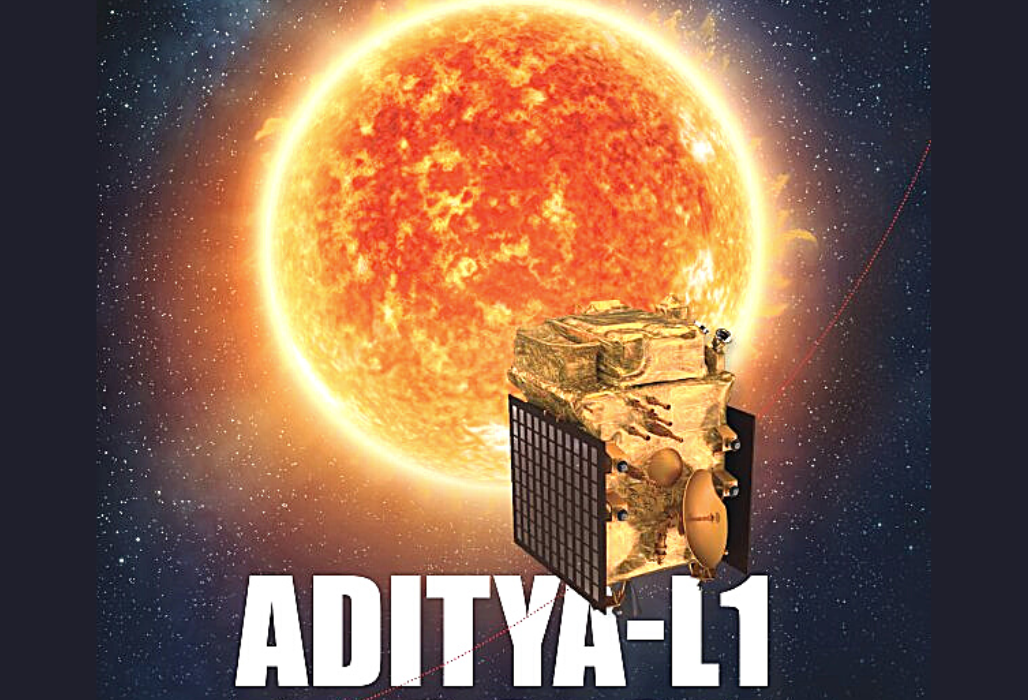
Aditya-L1: India’s solar mission sends first photos on way to Sun
India’s solar observation mission, Aditya-L1, has embarked on its journey toward the Sun, and the Indian Space Research Organization (ISRO) has shared the mission’s initial images. Aditya-L1’s launch occurred on a Saturday, and it is en route to a location approximately 1.5 million kilometers (932,000 miles) from Earth, constituting a mere 1% of the Earth-Sun distance. ISRO anticipates that the mission will require four months to reach its intended destination.
Remarkably, India’s inaugural solar mission follows closely on the heels of its historic lunar landing near the Moon’s south pole. On Thursday, ISRO unveiled two photographs captured on September 4th by a camera affixed to Aditya-L1. One image portrays both the Earth and the Moon within a single frame, with the Earth dominating the foreground and the Moon appearing as a diminutive speck in the background. The second photograph is a “selfie,” showcasing two of the seven scientific instruments carried by the solar mission.
Named after Surya, the Hindu god of the Sun (also known as Aditya), India’s inaugural space-based mission dedicated to studying the solar system’s largest celestial body holds the moniker Aditya-L1. The “L1” in its name denotes Lagrange point 1, the precise location situated between the Sun and Earth that the Indian spacecraft is bound for.
According to the European Space Agency, a Lagrange point represents a location where the gravitational forces of two massive objects—such as the Sun and Earth—balance each other, allowing a spacecraft to effectively “hover.” Upon reaching this designated “parking spot,” Aditya-L1 will synchronize its orbit with the Sun, requiring minimal fuel for its operations.
Since its launch, Aditya-L1 has completed two orbits around Earth. After three more Earth orbits, it will proceed towards L1. From this vantage point, it will continuously monitor the Sun and conduct scientific research.
ISRO has not disclosed the mission’s cost, but reports in the Indian media estimate it at 3.78 billion rupees ($46 million; £36 million).
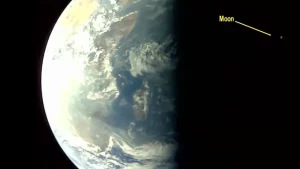
The orbiter is equipped with seven scientific instruments designed to observe and investigate various aspects of the Sun, including the solar corona (the outermost layer), the photosphere (the visible surface of the Sun), and the chromosphere (a thin layer of plasma between the photosphere and the corona). These studies will facilitate a deeper understanding of solar activities like solar wind and solar flares, along with their impacts on Earth and near-space weather in real-time.
Scientists anticipate that Aditya-L1 will significantly enhance our knowledge of the star essential to sustaining life on Earth. If the mission succeeds, India will join the select group of nations actively engaged in solar research.
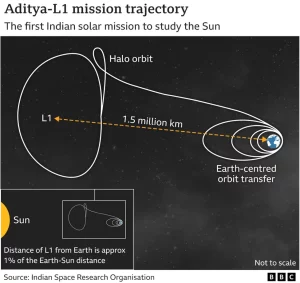
The United States NASA has been studying the Sun since the 1960s, Japan launched its first solar mission in 1981 to investigate solar flares, and the European Space Agency (ESA) initiated solar observations in the 1990s. Additionally, in February 2020, NASA and ESA jointly launched the Solar Orbiter, a spacecraft designed to closely study the Sun and collect data to better comprehend its dynamic behavior. Furthermore, in 2021, NASA’s Parker Solar Probe made history by becoming the first spacecraft to traverse the Sun’s corona, its outer atmosphere.
